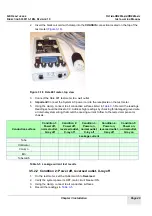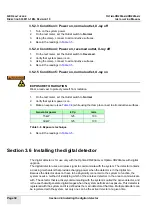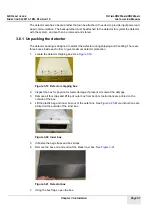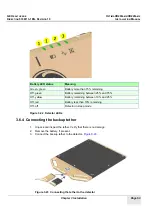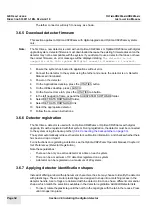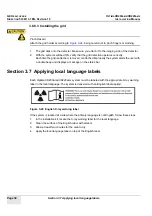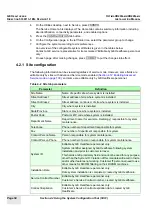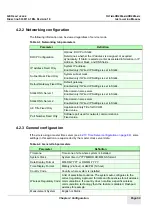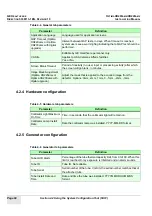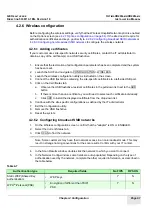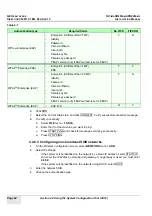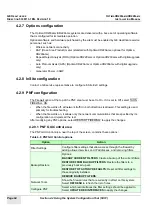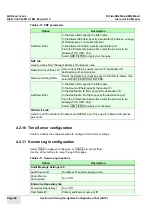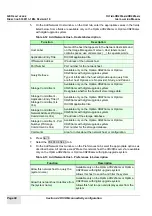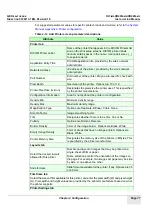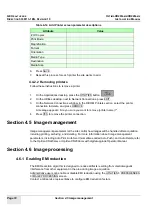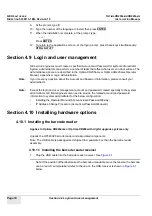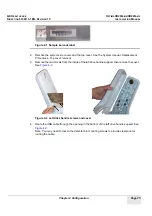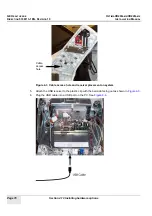
GE H
EALTHCARE
O
PTIMA
XR200
AMX
/XR220
AMX
D
IRECTION
5336113-1EN, R
EVISION
10
I
NSTALLATION
M
ANUAL
Chapter 4 Configuration
Page 61
4.2.6 Wireless configuration
Before configuring the wireless settings, verify that the Wireless Hospital Network option is enabled
on the Options screen (see
4.2.7 Options configuration on page 64
). If the site doesn’t require for
authentication certificates and keys, go directly to
4.2.6.2 Configuring broadcast SSID networks
or
4.2.6.3 Configuring non-broadcast SSID networks
to configure the wireless network.
4.2.6.1 Adding certificates
If your customer uses site-specific network security certificates, contact the IT administrator to
obtain a copy of the certficate(s) on a USB flashdrive.
1.
Ensure that the restoration of all configuration parameters has been completed and the system
has been reset.
2.
Launch the SUIF and navigate to CONFIGURATION > WIRELESS.
3.
Launch the wireless configuration utility as instructed on the screen.
4.
Connect the USB flashdrive containing the site-specific certificates to a left-side USB port.
5.
Click on the Certificates tab.
a.
Observe the USB flashdrive-resident certificates in the pull-down list next to the ADD
button.
b.
If there is more than one certificate, you will need to select each certificate individually.
c.
Click ADD to install the displayed certificate from the drop-down list.
6.
Continue with the site-specific configurations as defined by the IT administrator.
7.
Exit the Configuration utility.
8.
Remove the USB flashdrive.
9.
Reset the system.
4.2.6.2 Configuring broadcast SSID networks
1.
On the Wireless configuration screen, confirm that the "adapter" is ON or ENABLED.
2.
Select the Current Status tab.
3.
Click SCAN to find the network.
Note: Some customers may have their network access in a non-broadcast mode. This may
result in strange naming conventions for the scan results. Confirm with your IT contact.
4.
In the Scan Results window, double-click the network to which you want to connect.
5.
In the Network Config window, some fields are auto-populated. Depending on the type of
authentication used by the network, complete the other required information, as described in
the table below:
Table 4-7
Authentication type
Required fields
No FIPS
FIPS ON
Static WEP (Shared Key
authentication)
•
WEP keys
Y
N
WPA
TM
-Personal (PSK)
•
Encryption (if different than TKIP)
•
PSK
Y
N



